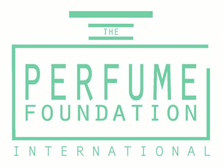|
By Françoise Rapp, Certified Master Perfumer Perfumery has been an integral part of human life for centuries, with the use of natural fragrances dating back to ancient civilizations. One of the key ingredients in any heritage perfume is Musk, which has a rich history worldwide. Musk is a complex and intriguing aroma that adds depth and complexity to fragrances, but it has also been controversial due to its animal origins. In this article, we look closer at the different types of Musk used in the perfumery industry and how it has been adapted to natural perfumery while keeping the ethical concerns surrounding their use. A brief history of Musk The use of Musk in perfumery dates to ancient times, with the ancient Egyptians and Romans using Musk in their perfumes. Musk was considered a luxury item and often used in religious ceremonies. The Musk used in ancient times came from the musk deer, a small deer found in Asia. The musk deer produces a glandular secretion with a strong, musky odor, collected. Sometimes part in rituals to ward off negative vibrations or as a medical remedy, Musk has crossed civilizations and borders. If its use varied from one culture to another, all recognized the aphrodisiac virtues of Musk. This property originates in the animal world: during the rutting period, the musk horse secretes an odorous liquid that bewitches females. By the 6th century, Musk was discovered by Greek explorers, making its way across India into the Arabic regions. From this time, Musk's power and popularity took off, turning into everything from perfumes to pomander balls to ward off smells and disease. From the 8th to the 13th century, animal musk was a must to perfume clothes and interiors. However, it was in the 12th century that this substance arrived in Western Europe. By the 15th century, the musk trade peaked, and Islamic culture and regional rituals used it to represent the smell of heaven. In the 19th century, Musk became even more popular in the perfumery industry, and the demand for Musk led to the overhunting of musk deer. It led to a decline in the musk deer population and made Musk expensive and rare. As a result, the perfumery industry began to look for alternative sources of Musk, like synthetic Musk. Still nowadays, however. The appeal of Musk's warm, sensual scent reached its peak in the 1960s and 1970s, and it has now become an essential component in perfumery and cosmetics. Musk and Animal Cruelty The use of Musk from the musk deer has been controversial due to the harm caused to the animals. Harvesting Musk from the musk deer requires killing the animal, leading to the overhunting of the musk deer and a decline in their population. In addition, the musk deer is a protected species, and the harvesting of Musk is illegal in many countries. While natural Musk from the musk deer has decreased, some perfumers still use it in their perfumes. Since the growing era of synthetics, Musk has been king and still nowadays. Perfumers add Musk to their formula to add a long-lasting effect and a soft sensual facet to their scent. Conventional perfumery uses synthetics Musk for those reasons and the cost efficiency of formulas. Besides the impact on our health and the olfactory flatness of the synthetic component, it contributes to making conventional perfumes smell the same. Musk becomes a joker card for traditional perfumers who overuse it, often forgetting or not knowing that natural musky notes can be more flattering for the senses than they imagine. However, there has been a growing trend toward using Musk from plant sources in natural perfumery, and it is so much more interesting in terms of olfactory quality! The Use of Musk from Plant Sources in Natural Perfumery
Musk from plant sources has become increasingly popular in natural perfumery. Musk's most common plant source is the ambrette seed, which has a sweet musky aroma; it is called the seeds of Musk. However, it is possible to use other plant sources to build musk accords and provide the same olfactory enchantment and perfume-lasting quality. Plant-based Musk has a different aroma than animal-based Musk but still adds depth and complexity to perfumes. The olfactory specifics of botanical musk depend on the source of the Musk. For example, when ambrette seed musk has a sweet and musky aroma, angelica root has a spicy facet. Plant-based Musk is often combined with other natural perfume ingredients to create unique and complex accords. What does botanical musk accord bring to a natural perfume? Using plant-based Musk in natural perfumery has opened a new world of possibilities for perfumers, allowing them to create unique and sustainable fragrances. It ignites the perfumer's creativity and adds another dimension to a natural perfumed composition. Moreover, it is a source of inspiration for noses. In a natural perfume, musk accord brings a feeling of softness and comfort, a deep, reassuring sensation. This olfactory family is addictive and comforting: people who wear a perfume containing Musk feel a sense of serenity as if they were in a cocoon. A long-lasting trail: in the composition of a perfume, the molecules contained in botanical musk accord play the role of fixers, which makes it possible to prolong the "sillage" of scents. The musky notes become binders between the various elements of the agreement and bring roundness and sensuality. Popular in women's and mixed fragrances, we can use Musk in the base notes of compositions for those properties and its delightful character. How to Compose Botanical Musk Composing botanical musk requires a deep understanding of the different plant sources of Musk and their olfactory components. Perfumers must also have a keen sense of the other natural ingredients used in perfumes and how they interact with each other. One way to learn how to compose botanical musk is through a masterclass. A masterclass is a great way to gain valuable knowledge and mastery from an experienced perfumer. In a masterclass, participants learn about the different plant sources of Musk, their olfactory properties, and how to combine them with other natural ingredients to create unique and complex accords and natural fragrances. Creating your signature musk accord is a must for a natural perfumer and a secret formulation that make your natural fragrances outstanding while being sustainable and from plant sources. If you're interested in learning how to compose botanical musk and want to take your natural perfumery skills to the next level, then a masterclass is the perfect way. Stay tuned for more information about our upcoming masterclass, where you'll learn from experienced perfumers and gain hands-on experience in creating natural perfumes. By learning how to use plant-based Musk in perfumes, you'll be able to create unique and complex fragrances that are both sustainable and ethical. So, join us for our upcoming masterclass on June 5 and take your natural perfumery skills to the next level! Botanical Musk Accords Master Class
1 Comment
By Creezy Courtoy, Perfume Historian and Anthropologist For a long time, Perfume remained an important source of revenue for Greece. In the Bronze Age, Egypt, due to its geographical, protected and isolated location and by its geological wealth and cultures, was obliged to import raw materials from Arabia and the Aegean Islands. Egypt was rich in gold, but did not possess the raw materials necessary for making perfumes. Arabs, Hadramaout (South Yemen) and Dhofar (Oman) provided Egypt with scented woods and resins (myrrh, incense, olebanon) and Greeks provided flowers, herbs and their talents of perfumers in the confection of perfumed oils. Greece was then a country of farmers, breeders, Artisan Corporations and a fighting aristocracy. Greece was a country of scents, herbs, flowers and plants. Due to its geographical location and its numerous surrounding islands, Greece was a gateway to Asia Minor, Syria and Egypt. The Greeks are credited for having added to spices, to gums and to balms, oils scented with flowers. Flowers and plants used for export had to be preserved and transformed. Olive oil, one of the main resources of Greece, was used as an ointment and as an excipient or absorbent in perfume oils. The Greeks practiced ‘enfleurage’ and from an early age, the art of creating perfumed oils. In the time of Ancient Egypt, perfume was used mainly to communicate with the gods; during Ancient Greece, it was used to resemble the gods. Perfume was actually used by Egyptians but never throughout history could Egyptians, impregnated with fragrant scents, assist human divination, not only in the sculptural art that gave the gods their human faces and bodies, but also in the wearing of perfume that participated in this quest of perfection by making humans more divine. Since gods smell good, to be like them you must smell divinely good. The Greeks associate perfume to the erotic power of the union of two people. The Greeks buried their dead with their possessions and a terracotta vase or alabaster containing perfume. For poor people, vials painted onto the coffin replaced the alabasters. The perfume played the role of intermediary between the world of people and that of Gods and helped the dead to reach the other world. In everyday life, perfume was not a neutral thing, « thion », « myron » or a simple aroma but a feminine being. It was used in and for everything; as a life elixir, a nectar, and a ragweed. It gave hope of immortality to humans because the Gods were beautiful and immortal. For the author Virgil, Venus (Aphrodite) created the rose perfume. "One day, Venus wanted to cut a white flower and pricked herself, covering her with an everlasting purple color. To Cupid, the rose seemed so beautiful that he kissed it… This is where its smell comes from." Towards the end of the II Millennium BC, the Greek industry acquired knowledge, “art de vivre” and know-how that gave birth to the Europe of Perfumes. Pliny the Elder, in his Natural History text (XIII 9-12 XV, 28-38), mentioned at least 22 kinds of perfumed oils, most of them extracted from plants naturally growing on the island of Crete: cypress, marjoram, broom, iris, spikenard, rose, myrtle, laurel, crocus, lily, juniper, pine, nut, almond, carnation, poppy, coriander, aniseed, cumin, narcissus, and daisy. During the period of the Mycenaeans, even taxes were paid in plants. Circa 1450 BC, perfumery was truly an industry controlled by the Masters of the Mycenaean palaces. The decryption of linear writing par par Alice Kober in 1947 and Michaël Ventris et John Chadwick in 1952, found on 20% of the 7000 Mycenaean clay tablets of the islands of the Aegean Sea show that a prominent position was given to scented products, ointments, incenses, aromatic wine, perfume oils, and spices. Everything listed on these tablets provided a real accounting of orders and exports. Perfumery, in Greece was mainly a branch of medical science. Some odors excited or inspired while others healed. Hippocrates studied skincare in a comprehensive manner and advocated perfumed baths and massages combined with the use of aromatic substances to treat some diseases. He recommended remedies based on sage, cinnamon or cumin, applied either through fumigation, potions, frictions or aromatic baths. He also used perfume as a protection against diseases. It is said that he saved Athens from the plague by burning aromatic woods and hanging flower garlands in the streets. Hippocrates considered various oils used to preserve odors, the use of flowers and spices and the choice of a hundred perfumes for different states of mind and health both for men and women. "Because both senses – taste and smell – are linked one to another, each serves somehow the pleasure of the other and man can thus discover fragrances either because it pleases the taste or the sense of smell.’’ Théophraste (400BC Book of Odors – Chapter III) The Greeks were the first to utilize ‘’packaging’’ and ‘’marketing techniques’’. The alabasters, the oenochoes and the ariballoi were all made of terracotta decorated with trendy themes, perfectly understood by all the populations of the Mediterranean and all refer to Greek mythology or to major known themes. These vials were presented in various sizes in the same way as bottles are today: from the small inexpensive ariballoi vial containing little perfume to the enormous and expensive ariballoi jar which would today correspond to 1 litre of perfume. For a long time, perfumery items remained an important source of revenues for Greece. Cargos of wax-sealed vials and vases containing perfume oils were continuously leaving Peloponnese or Crete towards Mediterranean ports. Masters in the Art of creating perfumes; Masters in the Art of Cosmetics, ornament and make-up; Masters of the Art of packaging: the Greeks created the first industry of perfumery during Ancient times. If you want to learn more about the Anthropology and History of Greece or any other countries, enrol for Creezy Courtoy's Courses or Master Classes
The Art of Fragrance Design has been around for centuries. It has evolved into a complex industry that requires a keen understanding of olfactory senses, cultural nuances, and regulatory guidelines.
Crafting a perfume that appeals to a specific audience while adhering to international laws is a challenging task that requires expertise and experience. IPF experts now offer unique services to support brands and perfumers in taking the next step toward success. In this article, we will present what our experts provide and how they can help your brand with fragrance design and professional formula building, from natural perfume formulas to packaging and branding, and finally, the product launch in Paris. Natural Perfume Formula Respecting Worldwide Regulations Creating a natural perfume formula that meets worldwide regulations is a daunting task. Regulations vary depending on the country, and it is essential to be aware of the laws governing the use of certain ingredients. Natural perfumes are made with essential oils, absolutes, and resins extracted from plants, and they must comply with the International regulations to be exported worldwide. For example, certain essential oils are prohibited in some countries and for some products; it is crucial to be aware of these restrictions when formulating a natural perfume for worldwide sales objectives. This is our task to help you making your Natural Perfume Formula accepted by all countries. Natural Perfume Respecting Targeted Country's Cultures and Population's Olfactory Sense Creating a fragrance that respects the targeted country's culture and population's olfactory sense is essential to ensure the product's success. Different cultures have unique olfactory preferences, and creating a fragrance that appeals to the local population is necessary. For example, in the Middle East, musk and oud are popular ingredients in perfumes, while in Japan, scents that evoke nature, such as cherry blossom and green tea, are preferred. To create a fragrance that respects the targeted country's culture and population's olfactory sense, perfumers must deeply understand local preferences. They must conduct research and understand the cultural significance of different scents. When creating a fragrance, it is also essential to consider the climate and environment. For example, too-heavy fragrances may not be suitable for hot and humid climates. Our experts research to create a scent that resonates with the local population and appeals to their olfactory senses. Fragrance Development and Production in Grasse Grasse, a town located in the south of France, is known as the world's perfume capital. It is home to many perfume companies and is a hub for fragrance development and production. Our experts’ source high-quality ingredients locally and have worked with suppliers for generations. We collaborate with quality companies in regulatory support, product compliance, and manufacturing. Moreover, Grasse is a hub for fragrance development and production. Packaging Design and Development Packaging design and development are essential to the success of a fragrance. The packaging should be visually appealing and reflect the brand's values and personality. Creating a packaging design that reflects those values requires creativity and innovation. The packaging should be visually appealing and stand out on the shelves. It should also be functional and easy to use. Our experts work with packaging designers to create a design that meets all these requirements. Finally, the packaging should be sustainable and environmentally friendly. Consumers are increasingly aware of the impact of packaging on the environment, and it is essential to create recyclable and sustainable packaging. Branding and Marketing Branding and marketing play a crucial role in the success of a fragrance. A brand must have a unique personality and values that resonate with its target audience. Moreover, the marketing strategy should be innovative, creative, and effective in reaching the target audience because it is crucial to understand their preferences and values. Our experts conduct market research to gain insights into the brand's target audience and create a brand that reflects their values and personality. Marketing a fragrance requires creativity and innovation. The marketing strategy is tailored to the target audience to reach them effectively. Luxury Website Development A luxury website is vital to the success of a fragrance. The website should be visually appealing, easy to navigate, and provide consumers with all the information about the scent. Additionally, the website should be optimized for mobile devices, as many consumers now shop online using their smartphones. Finally, creating a luxury website requires expertise and experience. Our experts work with web designers to help you create a website that reflects the brand's values and personality. Products International Distribution International distribution is critical to the success of a fragrance. The fragrance should be available in different countries and through various channels to reach the target audience effectively. Additionally, working with distributors with experience in the fragrance industry is essential, and can effectively market and distribute the product. To ensure international distribution, our experts work with distributors with experience in the fragrance industry. These distributors deeply understand the local market and can effectively market and distribute the product. For example, online distribution may be more effective in some countries, while brick-and-mortar stores may be more effective in others. Launch in Paris: Press Conference, Event, and Cocktail Launching a fragrance in Paris is a unique experience that allows perfume formulators to showcase their product to a global audience. The launch should be a memorable event communicating the brand's values and personality. The launch should include a press conference, event, and cocktail. The press conference should provide journalists with all the information about the fragrance, including its ingredients, formula, and packaging. In addition, our experts work with event planners to ensure that the launch is visually appealing and effectively communicates the brand's values and personality. PR and International Media PR and international media are crucial to the success of a fragrance as they can reach a global audience effectively. Moreover, working with PR experts to communicate the brand's values and personality effectively is essential. Our experts work with PR professionals with experience in the fragrance industry to ensure effective PR and international media coverage. They deeply understand the local market and can effectively communicate the brand's values and uniqueness to a global audience. Furthermore, our experts work with PR experts to choose the media outlets most effectively reach the target audience. Possibility of "Made in France" on Your Packaging "Made in France" is a label with high value in the fragrance industry. It signifies that the fragrance was made in France, known for its perfumery expertise. Adding "Made in France" on the packaging can increase the product's perceived value and appeal to consumers who value French-made products. However, adding "Made in France" on the packaging is only possible if the fragrance has been created in France. Our experts work with suppliers and manufacturers based in France to allow clients to add this label to the packaging. IPF's Commitment to your Brand All brands and natural perfumes developed with the support of the IPF Teacher's Academy's Experts Consultancies will automatically benefit from The International Perfume Foundation promotion and labelling:
The International Perfume Foundation (IPF) is committed to promoting and labelling all brands and natural perfumes developed with the support of the Teacher's Academy's Experts Consultancies. This commitment includes various benefits, such as an announcement in "Reconnect with Nature," IPF Newsletter, promotion of your launches in social media, brand certification, and more. This commitment signifies the IPF's dedication to supporting and promoting your brand. Projects are accepted under strict conditions, though, and we require structured projects preferably prepared by the education of the Natural Perfumery Teachers Academy . Our curriculum aims, such as the one of Master Natural Perfumer, are a must for the acceptance of any project. Contact us for more info |
Archives
March 2024
Categories
All
|
- Home
- About
- Why choosing us
- Mission
- Academicians
- IPF Certification
-
COURSES
-
MASTER CLASSES
- Teaching Methodology
- Natural Raw Material Extraction Methods >
- Natural Candle Making
- Healing Gardening
- Sustainable Oud MasterClass
- World Perfume History Master Class
- Scent Design and Formula Building >
- Fragrant Botany & Chemistry >
- Perfume Design, Concept and Storytelling
- French Natural Aromachology #1
- French Natural Aromachology #2
- Olfaction Training for Children
- Accords - Musks
- Accords - Chypre
- Accords - White Florals 1
- Accords - Fougeres and Aromatics
- FRAGRANCE DEVELOPMENT
- SPEAKERS
- EXHIBITIONS
- Partners
- Blog
- Contact
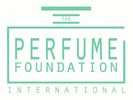
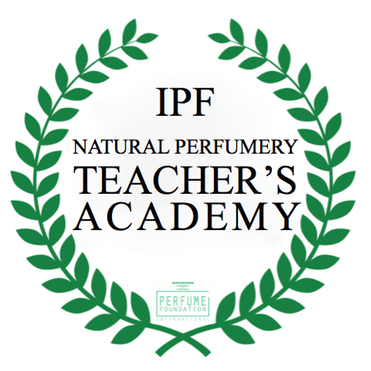
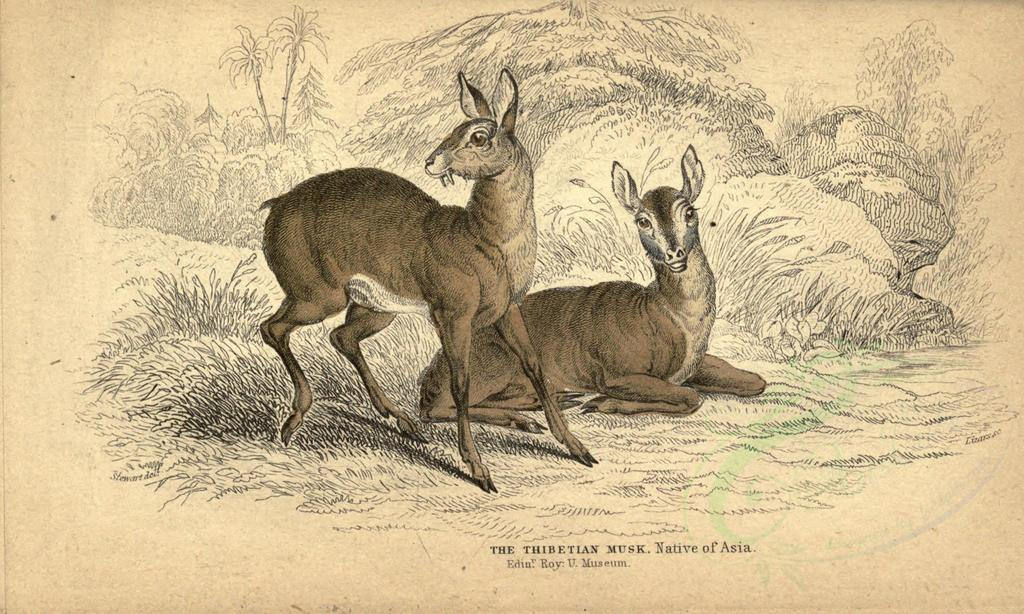
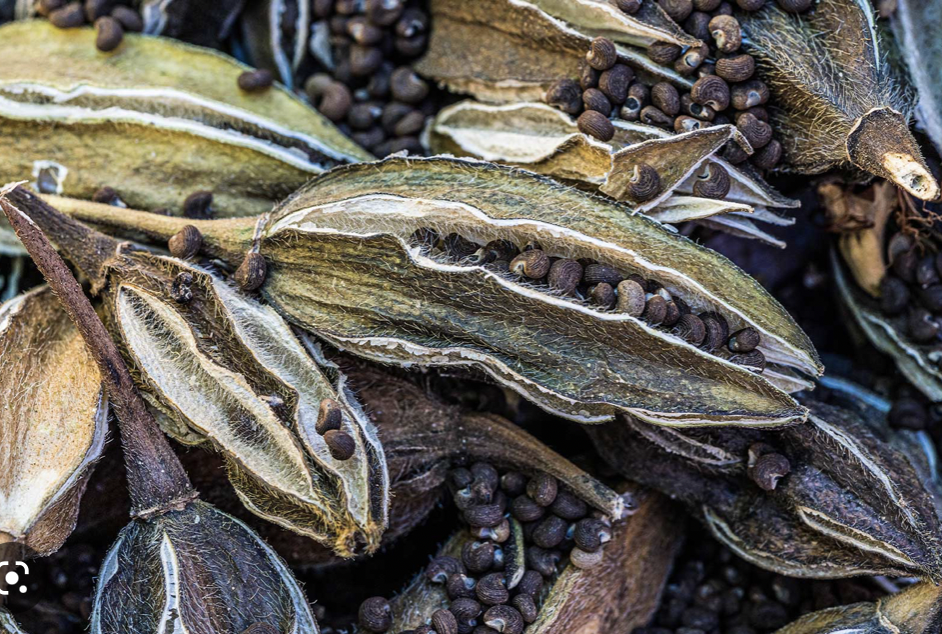
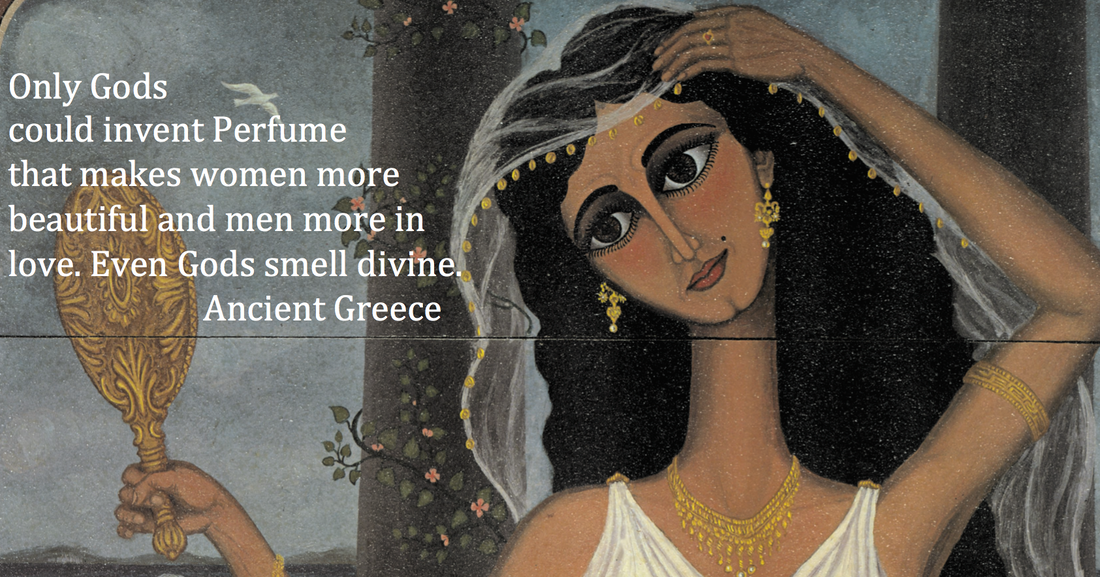

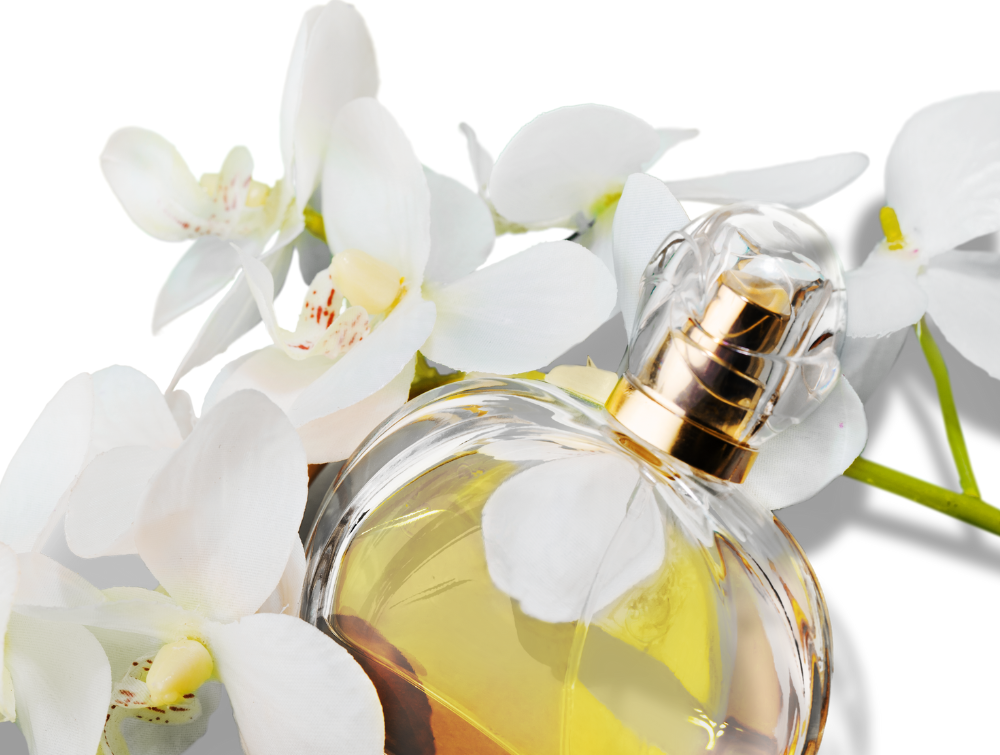
 RSS Feed
RSS Feed
